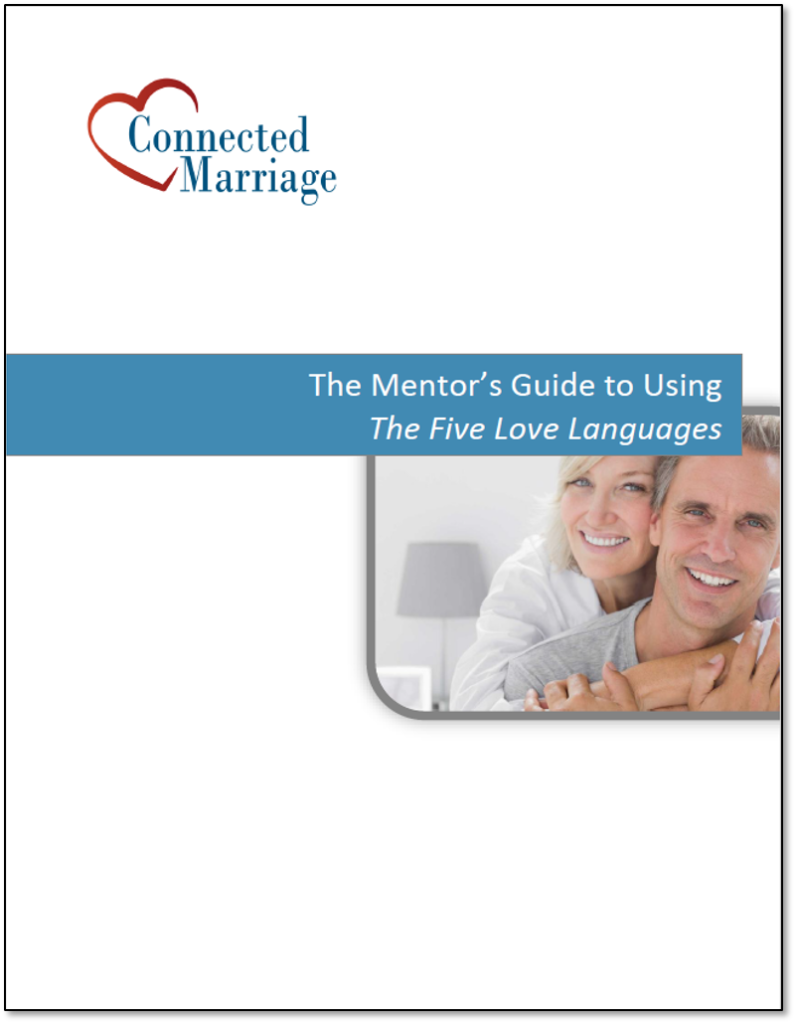4 Tips to Balance Introverts and Extroverts in a Small Group
I want great group participation when we lead a marriage small group. Who doesn’t?
I’ve noticed a common behavior in the small groups that my wife and I lead. One of us will ask a question and it’s answered each time by only a few people. Usually, the same people answer the question. Others in the group remain silent.
I used to think that the quiet people weren’t listening or that they were shy. Maybe they don’t respond because they aren’t really engaged. That’s pretty narrow thinking on my part.
Guess what? I’m an extrovert.
I’ve learned that people process information differently. There are internal processors and external processors. Some people, usually extroverts, process information by talking about it. Others, usually introverts, are actively thinking about the topic, but prefer to think it through before they speak. Some people don’t say a thing in a small group, but they get a great deal out of the dialog.
My wife is an introvert and she kindly reminds me to be sensitive to both types of people.
Explain Group Rules
When a new group forms, I will usually acknowledge the different approaches and set up some group guidelines.
I’ll say something like, “I recognize that there are internal processors and external processors. The external processors talk about information in order to think it through. They are often the first to answer a question. Do we any external processors in the group?”
Usually, a few brave souls will acknowledge they are external processors. Notice that I ask the external processors, not the internal processors. The internal processors would need to think about the question and may not respond.
I’ll continue by saying, “I know that if you are quiet, that doesn’t mean you’re not engaged. You may be thinking deeply about the topic. I do care about your thoughts and I’d like to hear what you have to say. So, I may ask you directly. I want this to be a safe group, so feel free to pass if you’re not ready to talk.”
“I want to hear from everyone, so if I feel that someone is dominating the group, I may ask to hear from the others. It’s not that I don’t care what you are saying, it’s that I want everyone to participate.”
I’ve found that this explanation helps later if I need to ask one person to not speak and to encourage someone else to talk.
Use Silence
Have you ever asked a question and the group responds with silence?
There was a study done that timed teachers on how long they wait after asking a question. On average, teachers only wait about one second after asking a question (Google ‘teacher wait time’ for more information). The studies have found that waiting for people to think through an answer improves the number and quality of the responses. It can take up to three seconds for an easy question and up to 10 seconds for something that is more difficult.
I have found silence to be an effective tool. When I ask a question, I wait. If I’ve waited at least ten seconds, which seems like an eternity, I may rephrase the question.
This is where the external processors are great. They will be uncomfortable by the silence and will answer the question. After someone has answered a question, I’ll ask what if anyone else has input. This helps the internal processors to be more engaged because they have had time to think about it.
Recognize How Complicated Your Question Is
Easy questions don’t require much thought. If I asked you how long you’ve been married, it won’t you too long to answer. It’s not that personal and it is factual.
The more you move into deeper levels of conversation, the more time people need to process an answer.
I know that if I ask an opinion question like, “What did you think about this topic?” I’ll get an opinion answer.
If I ask, “How could you apply this topic into your marriage?” I’ll get a different response. This one is going to take more time to think through. I wouldn’t use it until I’ve asked the opinion question.
After a group gets to know each other, I love to ask a question like, “What do you want to talk about today?”
My wife doesn’t like this question. She feels that this is great for external processors because they can bring up something that’s on their mind, but it’s awful for the internal processors. The introverts need time to prepare and think. They need more direction and structure.
The more in-depth a question is, the more time people need to process it.
Use Round Robins
Sometimes, it’s helpful to go around the group circle and have everyone answer a question. My wife, the introvert, says that it helps her to think through an answer. This is especially true if an extrovert starts the dialog.
So, we often ask one of the more vocal people to be the first person to start. Or, we will answer it ourselves first to give people a chance to think it about it.
The downside to this tactic is the amount of time it can take. If you have twelve people in a group and they each take a minute or two to answer, you’ve taken up twenty minutes of time. So, use the technique sparingly.
One of the ways I like to use a round robin is to ask about emotions. I like to ask an emotion question early in a group’s existence. Talking about your emotions can be a challenging for many people, but it can deepen the group intimacy.
I make it easier by narrowing their choices. I’ll ask, “I know that some people may be excited or hopeful to be in a marriage group and some people might be apprehensive. How are you feeling about being here?”
My wife reminds me that introverts will tend to appreciate the multiple choice part of the question.
Tips for Marriage Mentors:
- Explain Group Rules – Talking about group rules can help to establish safety in a group and balance the input from extroverts and introverts.
- Use Silence – Give people time to think about the answer to the question. Remember, introverts will require more time.
- Recognize How Complicated Your Question Is – The more complicated or in-depth your question is, the more time it will take to answer.
- Use Round Robins – Going around the circle can give people more time to think about a response. Simplify the question by giving a few options for an answer.





Excellent tracing tools for us Marriage facilitators!
I think the part about acknowledging introverts and extroverts and the difference between the two helps to shed light on why people react to questions the way they do.
God just keeps increasing knowledge through this website and for that we are so thankful.
Thanks. Recognizing the difference has helped me to be a better facilitator!